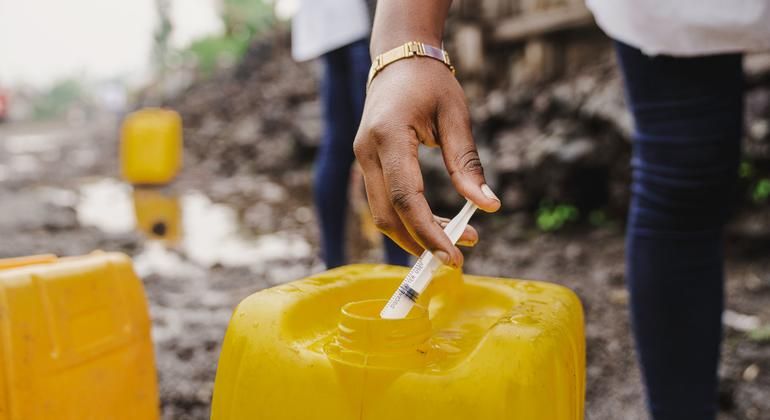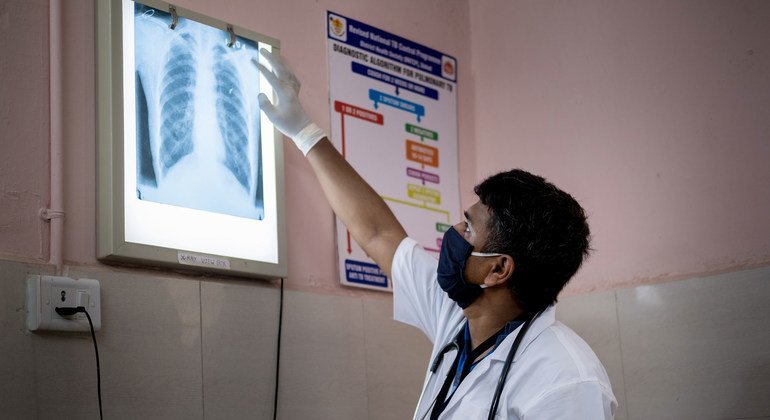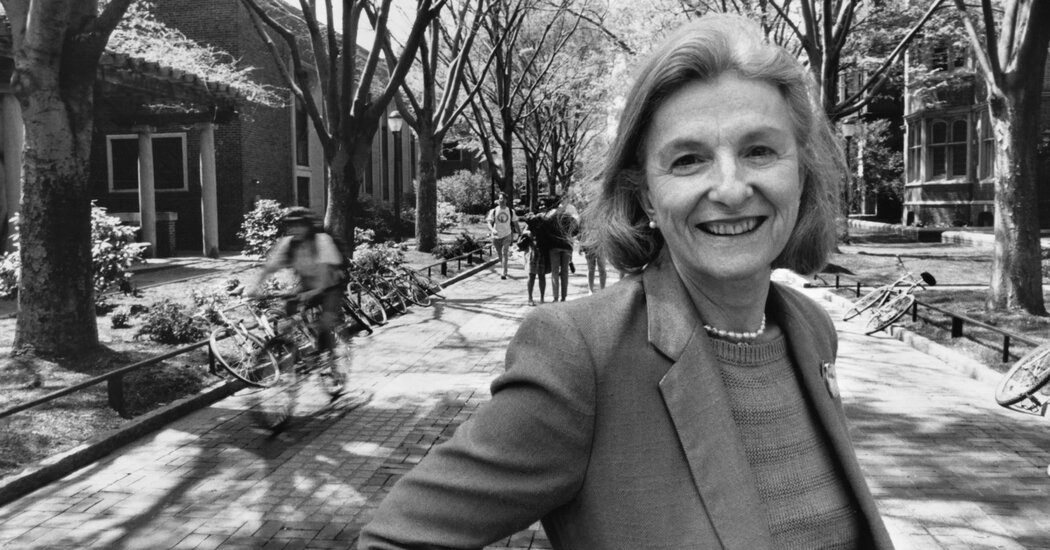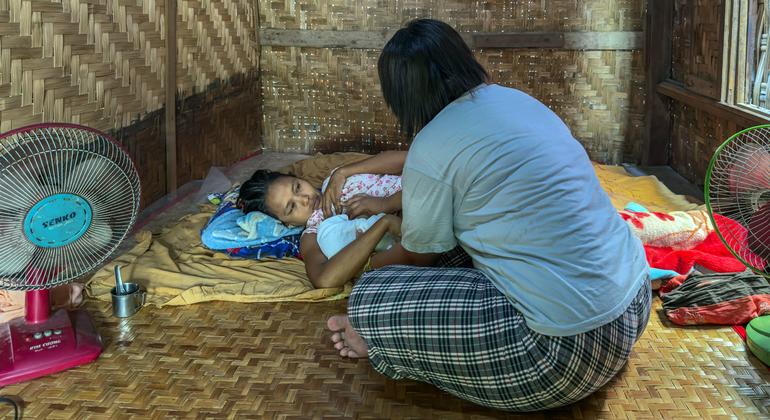The UN Health Agency registered almost 810,000 cases and 5,900 deaths from preventable disease in 2024; That is approximately 50 percent higher than the previous year, according to Dr. Philippe Barboza, who leads the cholera team.
He said that the last cases reported are almost certain that they underestimate and that the disease continues to affect countries that were previously free of cholera.
Fund cuts
Recent cuts to the financing of international aid are also hindering the answer, said Dr. Barboza, giving the example of how in the previous two years, a donation of $ 6 million would have allowed whom to completely control any outbreak that occurs in Malawi or Zambia.
“But this amount of money is not available. Therefore, this is a very important concern … The outbreaks are getting worse and more mortal, but the funds are becoming smaller and smaller.”
WHO data indicates that for the first time in 10 years, Namibia reported infections this year, while Kenya, Malawi, Zambia and Zimbabwe are also experiencing a resurgence.
Angola also reported that until now almost 10,000 cholera infections so far for 2025 and 380 people have died from the disease until the end of March.
Its capital, Luanda, has been seriously affected. In the last 28 days, the country reported almost 3,500 cases, which represents 56 percent of all cases in Africa.
The conflict, mass displacement, natural disasters and climate change have intensified outbreaks, particularly in rural areas and flooding, with poor infrastructure and limited access to medical care.
But not everything is pessimism. In September, the production of cholera vaccines reached record levels, with the largest dose number since 2013.
“We also need to increase funds to support the response effort,” said Dr. Barboza.
The situation is still critical in the east of Dr. Congo, the pastures say
The UN peace maintenance mission in the Democratic Republic of Congo, Monusco, continues to implement its mandates in the midst of a safety situation still critical in the disturbing east, UN spokesman Stéphane Dujarric said on Friday.
While the reciprocal attacks between Codeco and Zaire's militias continue to attack civilians in Ituri, Monusco continues to “press by an effective process of local political dialogue and negotiate the safe release of kidnapped civilians”, including children.
Regarding the situation in the regional capital, rubber, which was invaded by the M23 rebels backed by Rwanda in January, Dujarric said that “the International staff not essential for the UN is returning to rubber”, although “the situation of protection under the occupation of the M23 remains challenging.”
Mass displacements
At the humanitarian end, renewed hostilities in northern Kivu between armed groups in Rutshuru have “triggered the displacement of some 7,500 people,” said Dujarric.
Local partners also reported a raid at the Mukongola General References Hospital for armed elements in the province of South Kivu. “They vandalized the maternity room, pharmaceutical supplies and injured at least one individual,” he added.
While Dujarric said that “humanitarian partners [were] Working tirelessly to expand assistance despite insecurity and limitations, “UN colleagues in the field reported that” current military operations continue to prevent humanitarian access. “
“We reiterate our call to immediate, safe and sustained access to all areas,” concluded the UN spokesman.
The pandemic control exercise tests the emergency system
The World Health Organization (which has successfully completed an exercise of two days that simulates the outbreak of a fictional virus that extends throughout the world, and what will be needed to contain it.
Convened by more than 15 countries, 20 regional health agencies, health emergency networks and other partners, “Polaris Exercise” was designed to evaluate a new global coordination mechanism for health emergencies, under the umbrella of the WHO global health emergency body (GHEC).
“This exercise shows that when countries lead and partners connect, the world is better prepared,” said Chief Tedros Adhanom Ghebreyesus.
Coordination and collaboration
The GHEC structure, which emphasizes the importance of coordinating the deployment of increases and experts, and improving collaboration between countries, “shows that global cooperation is not only possible, it is essential,” said Tedros. “No country can face the next pandemic only.”
Throughout the simulation, while countries led their own response efforts, who provided technical orientation and emergency support.
“The global health emergency body has become a powerful platform, based on practice, trust and connection,” said Dr. Mike Ryan, executive director of the WHO Health Emergency Program. “Polaris exercise showed what is possible when countries operate urgently and unit supported by well -connected partners.”











